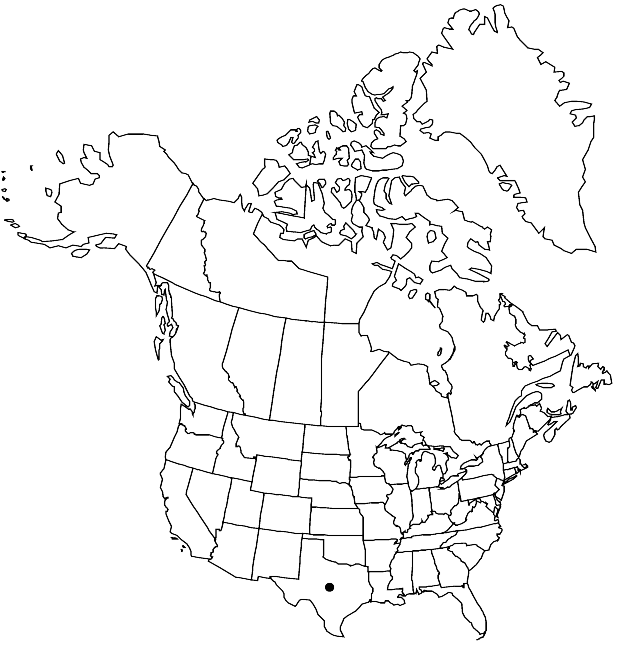Physaria sessilis
Novon 12: 328. 2002.
Annuals or biennials; with a fine taproot; densely pubescent, trichomes (sessile or short-stalked), 4–6-rayed, rays usually furcate, rarely bifurcate, (moderately tuberculate or nearly smooth). Stems simple or few to several from base, erect, (often distal 1/2 branched), to 6 dm. Basal leaves: blade oblanceolate, to 9 cm, margins entire, dentate, or sinuate to lyrate-pinnatifid. Cauline leaves: (proximal shortly petiolate, distal sessile); blade narrowly elliptic to linear, 2–4 (–6) cm, margins entire or repand to shallowly dentate. Racemes loose. Fruiting pedicels (divaricate-ascending to widely spreading, straight), 8–20 mm. Flowers: sepals elliptic or elongate-ovate, 3.4–5.2 (–6.5) mm, (lateral pair subsaccate, median pair thickened apically, cucullate); petals obovate or deltate, 5–10 mm, (sometimes with short claw, margins undulate). Fruits globose or subglobose, sometimes slightly compressed, 3–6 mm; valves (not retaining seeds after dehiscence), densely papillose, densely pubescent inside, trichomes raised; replum as wide as or wider than fruit; ovules 8–18 per ovary; style 1.5–3.5 mm. Seeds flattened. 2n = 12.
Phenology: Flowering and fruiting Apr–Jun.
Habitat: Limestone chip, black soils, grassy roadsides, fields, limestone, oak woodlands, mesquite brush lands, pastures, open dry hills
Elevation: 30-700 m
Discussion
Selected References
None.
Lower Taxa
"not" is not a number. "elongated" is not a number."thick" is not a number."dm" is not declared as a valid unit of measurement for this property.
